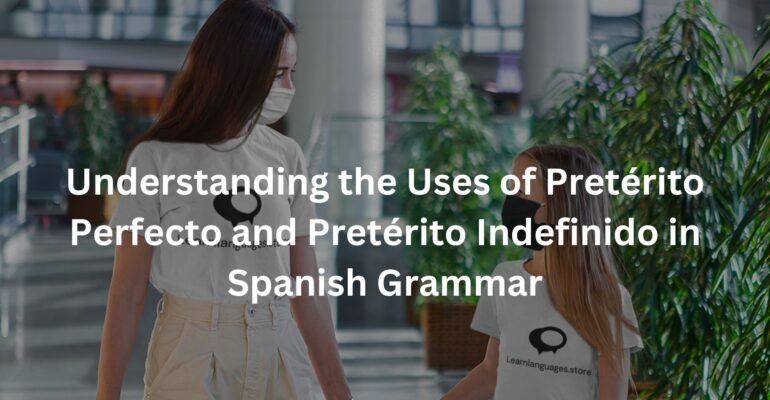Understanding the Uses of PretÃĐrito Perfecto and PretÃĐrito Indefinido in Spanish Grammar
Understanding the Uses of PretÃĐrito Perfecto and PretÃĐrito Indefinido in Spanish Grammar
Are you struggling to grasp the differences between the pretÃĐrito perfecto and pretÃĐrito indefinido in Spanish? Don’t worry, you’re not alone! Understanding when to use these past tense forms can be tricky, but with a little guidance, you’ll be able to master them in no time.
What is the PretÃĐrito Perfecto?
The pretÃĐrito perfecto, or present perfect tense, is used to talk about actions or events that have a connection to the present or are still relevant. It’s formed by using the present tense of the auxiliary verb “haber” and the past participle of the main verb.
Example sentences:
- Hoy he comido paella. (Today, I have eaten paella.)
- Hemos visitado muchas ciudades este aÃąo. (We have visited many cities this year.)
- ÂŋAlguna vez has estado en ParÃs? (Have you ever been to Paris?)
- He vivido aquà por cinco aÃąos. (I have lived here for five years.)
- Ella ha estudiado mucho para el examen. (She has studied a lot for the exam.)
When to Use PretÃĐrito Indefinido
The pretÃĐrito indefinido, or simple past tense, is used to describe completed actions in the past. It’s used for actions that are viewed as finished and have no relevance to the present.
Example sentences:
- Ayer, comà una deliciosa pizza. (Yesterday, I ate a delicious pizza.)
- Ellos viajaron a Italia el verano pasado. (They traveled to Italy last summer.)
- Ana bailÃģ flamenco en la fiesta. (Ana danced flamenco at the party.)
- LleguÃĐ tarde al trabajo esta maÃąana. (I arrived late to work this morning.)
- ÂŋViste esa pelÃcula anoche? (Did you watch that movie last night?)
Key Differences Between PretÃĐrito Perfecto and PretÃĐrito Indefinido
- PretÃĐrito perfecto focuses on actions with relevance to the present or ongoing effects.
- PretÃĐrito indefinido refers to actions that are viewed as completed and have no direct impact on the present.
By understanding these key differences and practicing with various examples, you’ll gain confidence in using the pretÃĐrito perfecto and pretÃĐrito indefinido accurately in your Spanish conversations.
Now, it’s time to practice and incorporate these tenses into your daily Spanish routine! ÂĄBuena suerte! (Good luck!)










